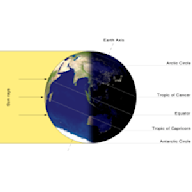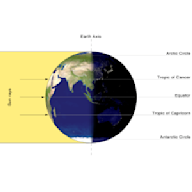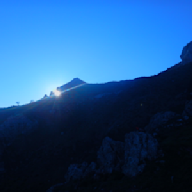Search results
The June solstice is the solstice on Earth that occurs annually between 20 and 22 June according to the Gregorian calendar. In the Northern Hemisphere, the June solstice is the summer solstice (the day with the longest period of daylight), while in the Southern Hemisphere it is the winter solstice (the day with the shortest period of daylight).
June Solstice: Shortest and Longest Day of the Year. By Konstantin Bikos, Aparna Kher, and Graham Jones. There are two solstices every year: one in June and one in December. The June solstice marks the longest day north of the equator and the shortest day in the south.
May 17, 2024 · In 2024, the summer solstice will occur at 4:50 p.m. EDT on June 20, according to timeanddate.com. Here's everything you need to know about the Northern Hemisphere's longest day of the year. What...
In 2025, the solstice moment will fall at 2:42 UTC on June 21 (9:42 p.m. CDT on June 20). What is it? At the June solstice, the sun reaches its northernmost point. This point is on the...
Sep 26, 2022 · In the Northern Hemisphere, the summer solstice falls in June (while the Southern Hemisphere experiences the winter solstice), and in the Southern Hemisphere, it falls in December (while the...
The June solstice happens around June 21, when the Sun is directly overhead the Tropic of Cancer. The December solstice takes place around December 21. On this day, the Sun is precisely over the Tropic of Capricorn .
The June solstice takes place sometime between June 20 and 22, when the Sun is directly above the Tropic of Cancer in the Northern Hemisphere. As a rough guide, the Tropic of Cancer passes through Mexico, northern Africa, the Middle East, India, and China.
For the Northern Hemisphere, the official summer season starts on June 20 or 21, depending on where you live, with the arrival of the summer solstice. So what is a solstice, exactly?
A solstice is the time when the Sun reaches its most northerly or southerly excursion relative to the celestial equator on the celestial sphere. Two solstices occur annually, around 20-22 June and 20-22 December. In many countries, the seasons of the year are defined by reference to the solstices and the equinoxes.
Jun 21, 2023 · The summer solstice is an astronomical event that marks the longest day of the year and the start of summer in the Northern Hemisphere. It nearly always falls on June 21, but can also fall on...




